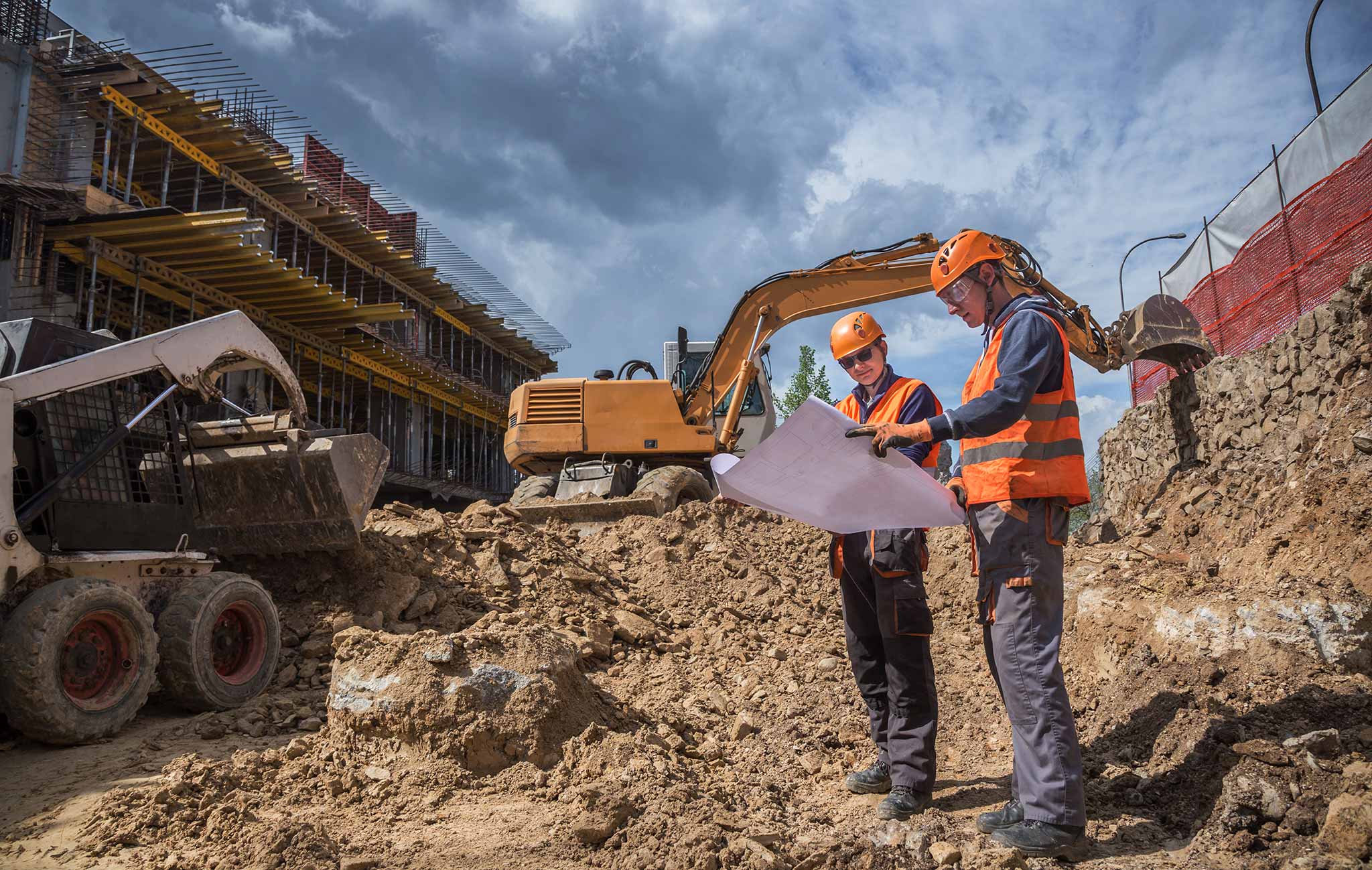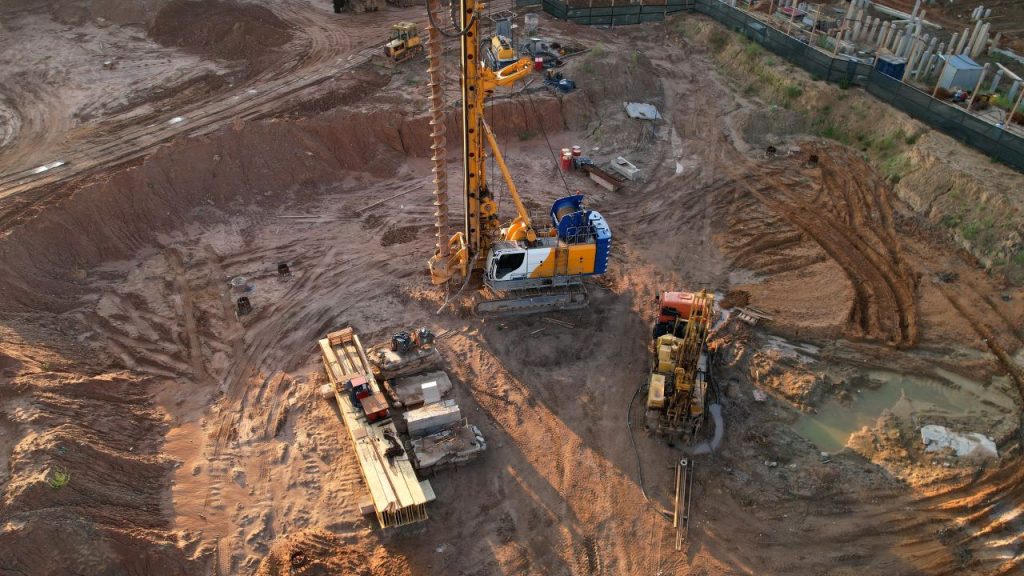The Evolution of Civil Consulting Engineers in the Modern Period
Wiki Article
The Essential Contributions of Geotechnical Designers in Examining Dirt Actions and Structure Layout for Lasting Infrastructure Advancement
Geotechnical engineers function as a keystone in the world of sustainable framework development, where their expertise in analyzing soil behavior straight affects the safety and long life of frameworks. By employing innovative strategies such as Conventional Infiltration Examinations and Cone Infiltration Testing, they meticulously review dirt residential or commercial properties, resulting in informed choices on foundation layout. These evaluations not just reduce dangers connected with differential settlement yet additionally lead the way for ingenious, eco mindful techniques. As we check out the crucial duty they play, the effects of their contributions elevate essential inquiries about the future of infrastructure strength and sustainability.Role of Geotechnical Engineers

In enhancement to website examinations, geotechnical engineers assess prospective risks such as dirt liquefaction, incline stability, and groundwater issues. They use sophisticated design principles to create solutions that alleviate these risks, ensuring that designs abide by appropriate codes and requirements. Their work typically entails partnership with other engineering techniques, designers, and ecological researchers to create integrated techniques to framework advancement.
Furthermore, geotechnical designers add to sustainable practices by promoting using products and techniques that lessen ecological effect. With their detailed understanding of dirt technicians and geology, they play a crucial role in promoting secure, durable, and lasting infrastructure that fulfills the needs of society while protecting the environment.
Soil Habits Analysis Strategies
Recognizing soil actions is essential to informed decision-making in geotechnical design, as it directly influences the layout and building procedures. Various evaluation strategies are used to evaluate soil properties, guaranteeing exact predictions of its efficiency under different loading conditions.One primary method is the Conventional Penetration Test (SPT), which gives insights right into dirt thickness and consistency with the resistance come across during penetration. Cone Infiltration Screening (CPT) provides a continual account of soil stratification and in-situ stamina specifications, allowing an extra detailed understanding of subsurface conditions.
Lab examinations, such as Atterberg limits, unconfined compressive toughness, and triaxial tests, are important for characterizing dirt habits under regulated conditions. These examinations help with the determination of critical specifications, including shear leaks in the structure, compressibility, and stamina.

Structure Layout Principles
Structure design concepts are vital for making certain the security and long life of frameworks, as they determine how tons are sent from the superstructure to the underlying dirt. These concepts include various factors to consider, consisting of load-bearing capacity, negotiation, and side security. An extensive understanding of dirt auto mechanics is vital for geotechnical designers to examine the communication in between the dirt and the structure.One secret principle is the proper choice of foundation type, which might include superficial structures, such as spread footings, or deep foundations, like caissons or heaps, relying on dirt conditions and structural loads - civil consulting engineers. The foundation has to be developed to lessen differential negotiation, which can bring about structural damages

Lasting Infrastructure Practices
Just how can we properly incorporate sustainability right into infrastructure methods? To accomplish this, it is vital to take on an all natural method that stresses the partnership between geotechnical design and ecological stewardship. Sustainable infrastructure methods start with detailed website analyses, which examine soil behavior, neighborhood environments, and resource accessibility. By understanding these variables, engineers can establish layouts that lessen ecological effect while maximizing material usage.Moreover, employing ingenious construction strategies, such as utilizing recycled materials and low-impact structures, dramatically reduces the carbon footprint of framework tasks. Geotechnical engineers play a pivotal duty in choosing proper products that enhance durability and sustainability, such as utilizing geo-synthetics to improve dirt stability and minimize erosion.
Furthermore, sustainable facilities practices require ongoing tracking and maintenance to make sure that structures remain resilient over time. This consists of carrying out adaptive monitoring approaches to deal with prospective ecological modifications. Partnership among stakeholders-- consisting of engineers, regional areas, and policymakers-- is crucial for incorporating sustainability objectives into project planning and implementation. Ultimately, these methods not just contribute to the longevity of structures however also promote a healthier environment, straightening facilities growth with more comprehensive sustainability purposes.
Case Studies and Applications
Case research studies in geotechnical design supply useful understandings right into the sensible applications of dirt behavior and sustainable infrastructure techniques. One noteworthy example is the construction of the Burj Khalifa in Dubai, where substantial soil screening and analysis were performed to review the unique obstacles posed by the area's loose sand and high water table. Geotechnical designers utilized advanced strategies such as dynamic probing and cone infiltration screening to identify the soil's load-bearing capability, inevitably leading to the layout of a deep foundation system that sustains this renowned framework.Another crucial case is the remediation of the San Francisco-Oakland Bay Bridge after the 1989 Loma Prieta quake. Geotechnical assessments disclosed the requirement for soil stabilization methods, consisting of grouting and dirt nailing, to enhance the seismic resilience of the foundation. These interventions not just boosted the bridge's security however likewise contributed to its durability and sustainability.
Such case researches exemplify just how geotechnical designers play an essential role in understanding soil habits and applying ingenious solutions to make sure the architectural honesty and sustainability of facilities jobs. geotechnical industry. Their proficiency is important in geotech engineer attending to the complex tests postured by various soil problems across diverse geographical areas
Final Thought
To conclude, the contributions of geotechnical designers are crucial for the assessment of soil habits and the design of structures, which are necessary for lasting framework advancement. Through the application of advanced screening methods and cutting-edge products, these specialists guarantee the security and safety and security of structures while minimizing ecological influences. The assimilation of sustainable methods promotes strength in framework jobs, highlighting the value of collaboration among stakeholders to achieve effective construction services that meet both ecological and social needs.Geotechnical engineers offer as a cornerstone in the realm of lasting infrastructure development, where their knowledge in evaluating soil actions straight affects the security and durability of frameworks.Geotechnical engineers play a critical duty in the design and construction of facilities by analyzing dirt and rock habits to guarantee stability and safety. A thorough understanding of dirt mechanics is essential for geotechnical designers to evaluate the interaction in between the foundation and the soil.
Geotechnical analyses revealed the demand for soil stabilization methods, consisting of grouting and soil nailing, to enhance the seismic strength of the foundation.In final thought, the contributions of geotechnical engineers are vital for the assessment of soil behavior and the design of structures, which are vital for lasting infrastructure advancement.
Report this wiki page